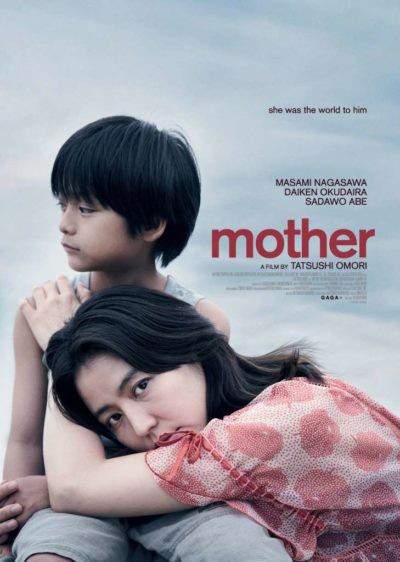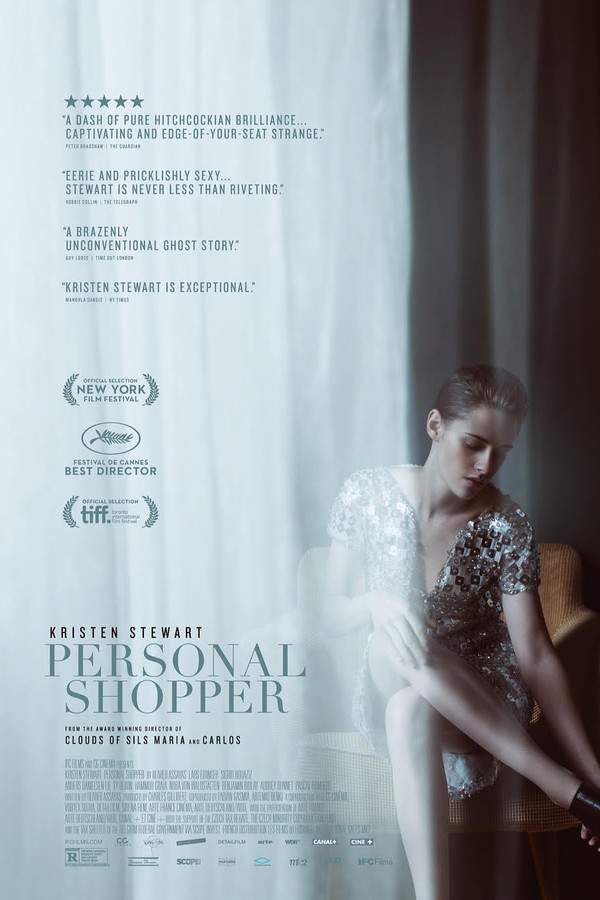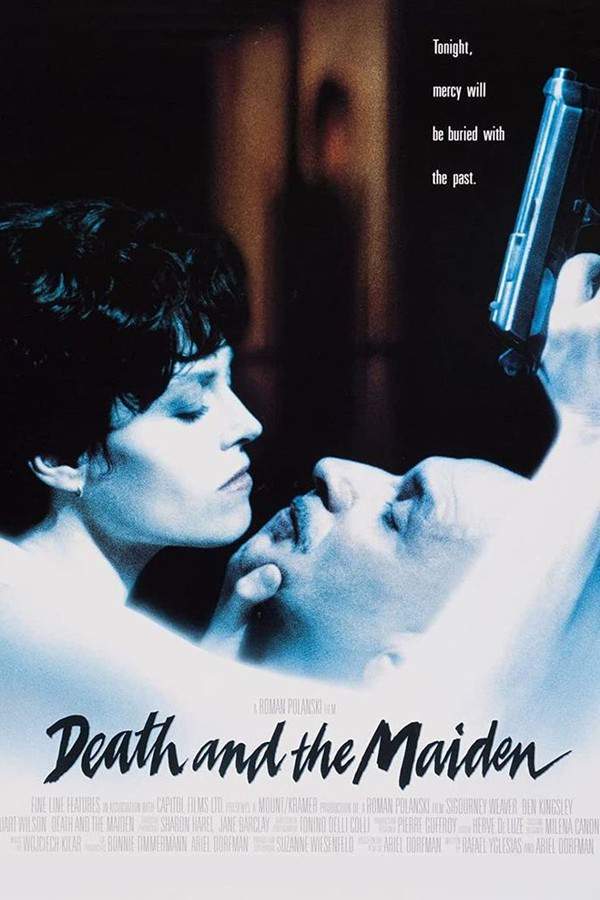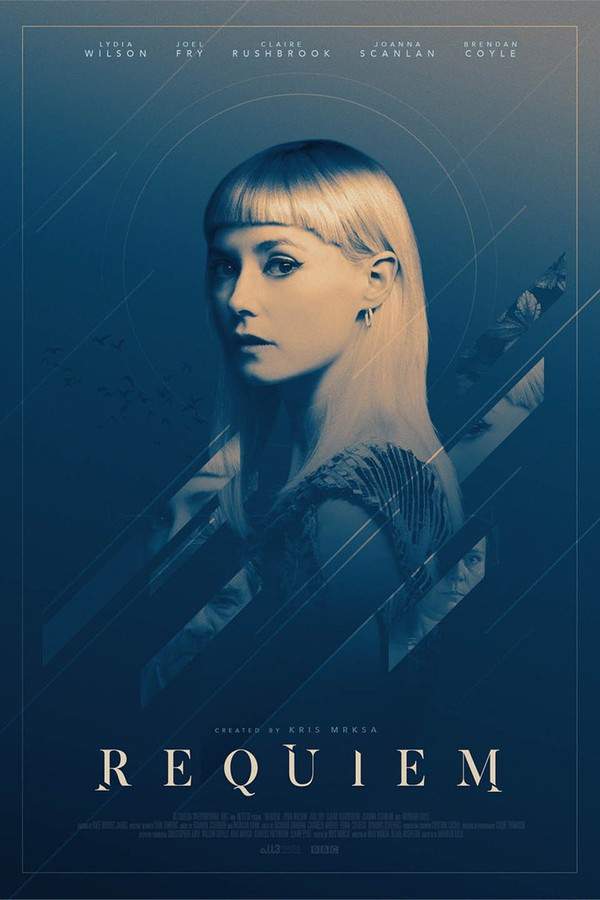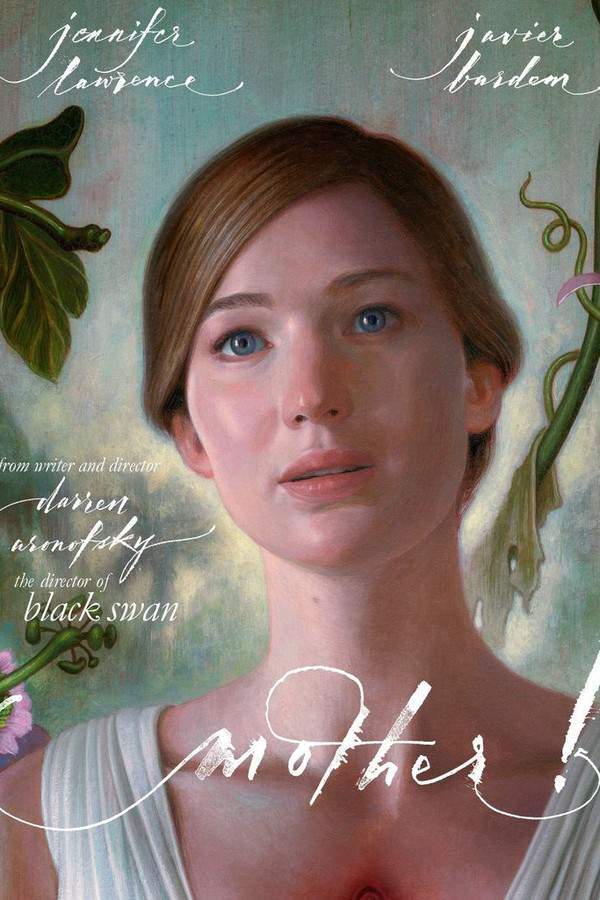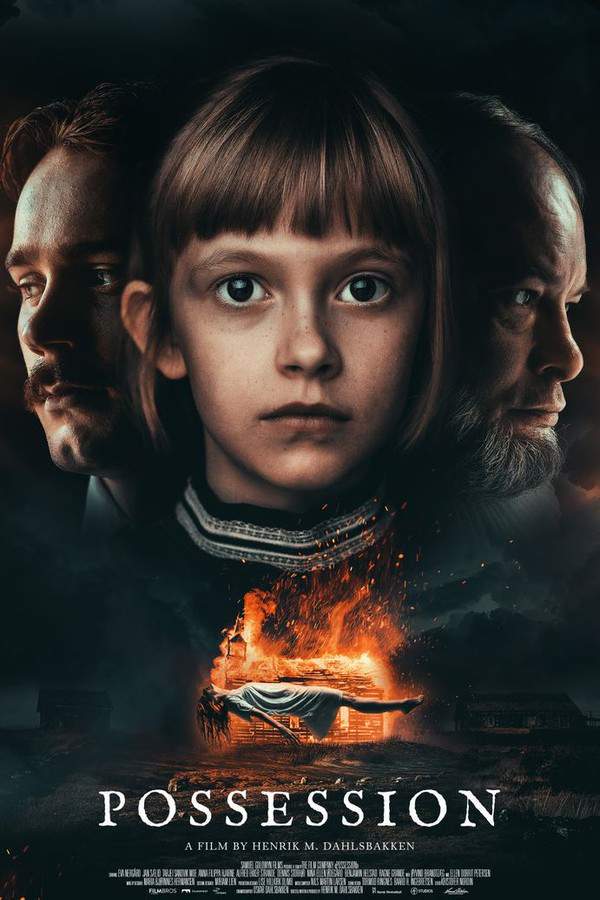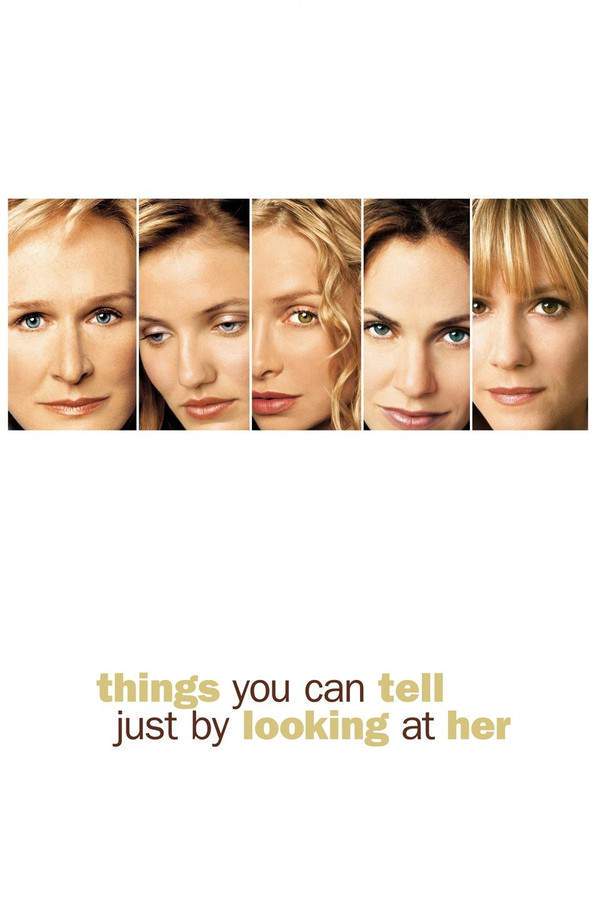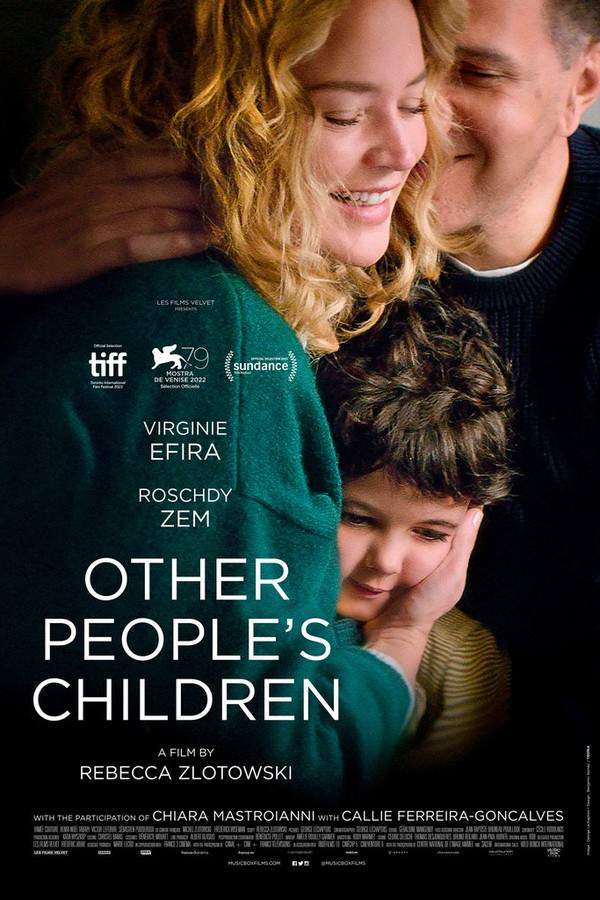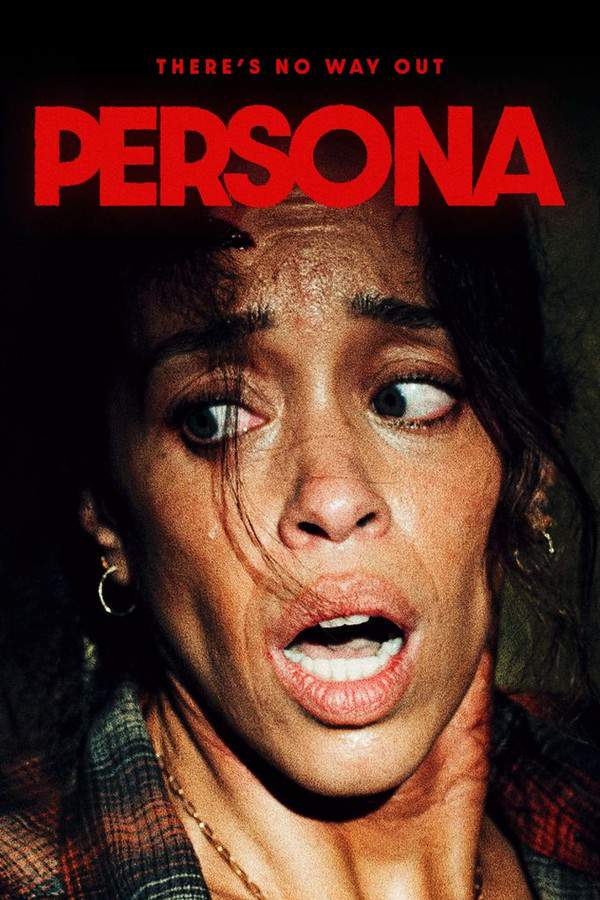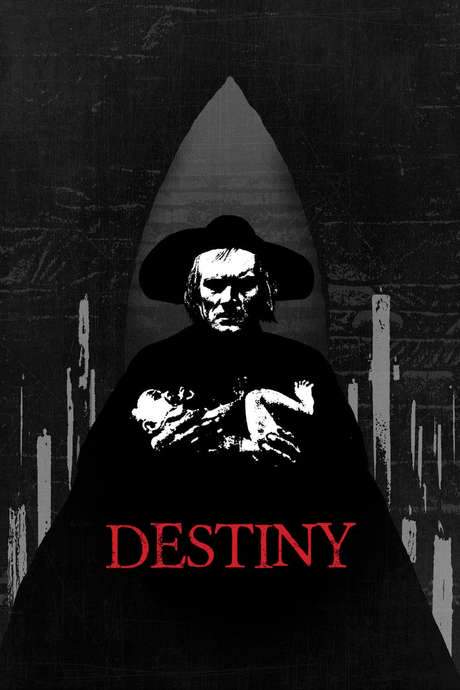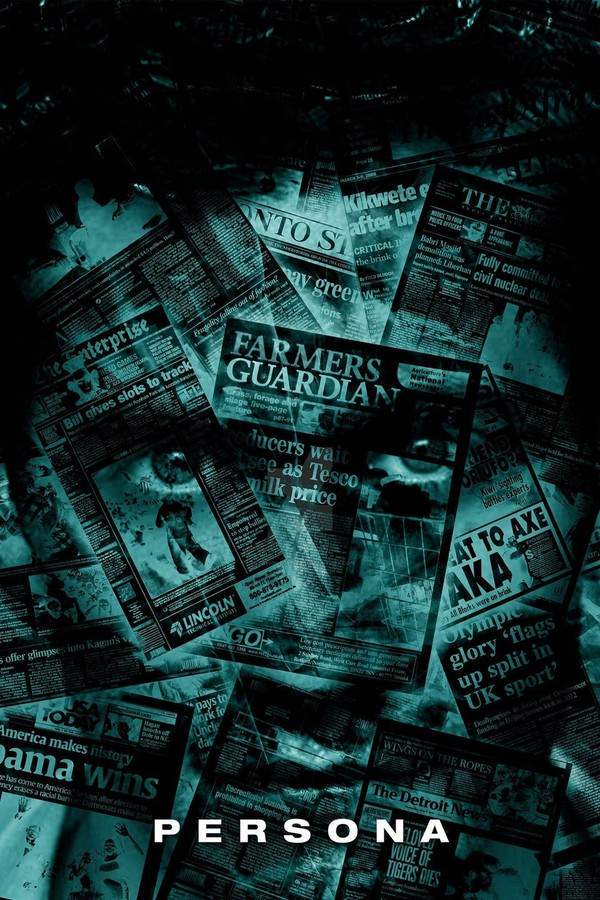
Persona
Year: 1967
Runtime: 85 min
Language: English
Director: Ingmar Bergman
Five individuals, each facing deep personal challenges, find themselves drawn together by their strong faith. Their journeys become intertwined as they confront moments of doubt and despair, questioning their beliefs and searching for meaning in a world filled with uncertainty. They seek solace and understanding as they navigate complex emotional landscapes and strive to reaffirm their convictions.
Warning: spoilers below!
Haven’t seen Persona yet? This summary contains major spoilers. Bookmark the page, watch the movie, and come back for the full breakdown. If you're ready, scroll on and relive the story!
Persona (1967) – Full Plot Summary & Ending Explained
Read the complete plot breakdown of Persona (1967), including all key story events, major twists, and the ending explained in detail. Discover what really happened—and what it all means.
Persona opens with a series of vivid and striking images emanating from camera equipment and projectors, showcasing a fusion of brief yet impactful cinematic moments. These glimpses include profound imagery such as a crucifixion, an erect penis, the unsettling sight of a tarantula spider, and scenes from a comedic silent film reel previously introduced in Ingmar Bergman’s Prison, which depicts a man who is pursued by Death and Satan. A particularly haunting moment features a young boy awakening in a hospital surrounded by corpses, engrossed in Michail Lermontov’s A Hero of Our Time (“Vår Tids Hjälte” in the film), his gaze fixated on the indistinct faces of both Elisabet and Alma.
The story revolves around a young nurse named Alma, played by Bibi Andersson, who is summoned by the head doctor to care for the prominent stage actress, Elisabet Vogler, portrayed by Liv Ullmann. Despite there being no apparent ailment, Elisabet has inexplicably chosen to become mute. The hospital administrator, played by Margaretha Krook, generously offers her seaside cottage as a quiet sanctuary for Alma to assist in Elisabet’s recovery. While Elisabet is nearly in a state of catatonia at the film’s onset, she does exhibit intense reactions, such as panic at witnessing a Vietnamese Buddhist monk’s shocking act of self-immolation on television, and laughs derisively at Alma’s radio soap operas. Upon leaving the hospital, Alma reads aloud a letter from Elisabet’s husband that includes a photograph of their young son.
Once settled in the cottage, an environment that initially appears tranquil, Elisabet begins to ease into her surroundings, though she remains completely silent and inert. In an effort to break the oppressive silence, Alma engages in endless conversation, transitioning from mundane topics about her current readings to more personal reflections on her anxieties and her relationship with her fiancé, Karl-Henrik, who chastises her for lacking ambition not in her career, but in a greater sense. As time passes and interactions deepen, Alma finds herself increasingly comparing her life to that of Elisabet. In a moment of vulnerability, she confesses infidelities involving underage boys, which led to an abortion, leaving her tormented by the emotional aftermath. Although she hears Elisabet’s voice admonishing her, “You ought to go to bed, or you’ll fall asleep at the table,” she initially dismisses it as a figment of her imagination, with Elisabet later denying her participation in dialogue.
During a trip into town to mail Elisabet’s letters, Alma snowballs into a whirlwind of emotions when she reads the correspondence, which reveals that Elisabet has been observing and analyzing her. Distraught, Alma returns to the cottage, accidentally shattering a glass, leaving the shards behind with the intent of causing Elisabet harm. As blood trickles from Elisabet’s feet upon stepping on the glass, a moment of silent understanding passes between the two women. The visual format of the film begins to disintegrate: white flashes jar the imagery as scrapes mar the screen, echoing the emotional discord present between Alma and Elisabet.
In a transformative scene, the film resumes with a disorienting lens focus on Elisabet, ultimately clearing to a renewed clarity as she gazes out a window before stepping outdoors to confront Alma, who is visibly upset and despondent. During a tense lunch, Alma shares her hurt over Elisabet’s perceived betrayal and implores her to speak, only to be met with silence. This results in Alma’s explosive frustration, leading to reckless behavior as she attacks Elisabet, which inadvertently escalates into a scuffle where Alma sustains a bleeding nose. During this chaotic exchange, Alma momentarily contemplates throwing boiling water at Elisabet but halts at the sound of a fearful “No!” from Elisabet.
Later, Alma reflects on Elisabet’s silence, perceiving it as a façade of health masking a deeper suffering. In an emotionally charged confrontation, she asserts, “You are inaccessible. They said you were healthy, but your sickness is of the worst kind: it makes you seem healthy.” The tumultuous interaction culminates in a desperate cry from Alma: “I’m not like you. I don’t feel like you. I’m not Elisabet Vogler: you are Elisabet Vogler. I’m just here to help you!” This moment of revelation fractures their bond, culminating in Alma departing the cottage alone. The film ultimately concludes with an unsettling image, revealing the crew and director behind the camera as they film the chaotic final scenes, adding layers of complexity to the narrative and the exploration of identity intertwined within.
Last Updated: May 28, 2025 at 19:07
Unlock the Full Story of Persona
Don't stop at just watching — explore Persona in full detail. From the complete plot summary and scene-by-scene timeline to character breakdowns, thematic analysis, and a deep dive into the ending — every page helps you truly understand what Persona is all about. Plus, discover what's next after the movie.
Persona Timeline
Track the full timeline of Persona with every major event arranged chronologically. Perfect for decoding non-linear storytelling, flashbacks, or parallel narratives with a clear scene-by-scene breakdown.

Characters, Settings & Themes in Persona
Discover the characters, locations, and core themes that shape Persona. Get insights into symbolic elements, setting significance, and deeper narrative meaning — ideal for thematic analysis and movie breakdowns.
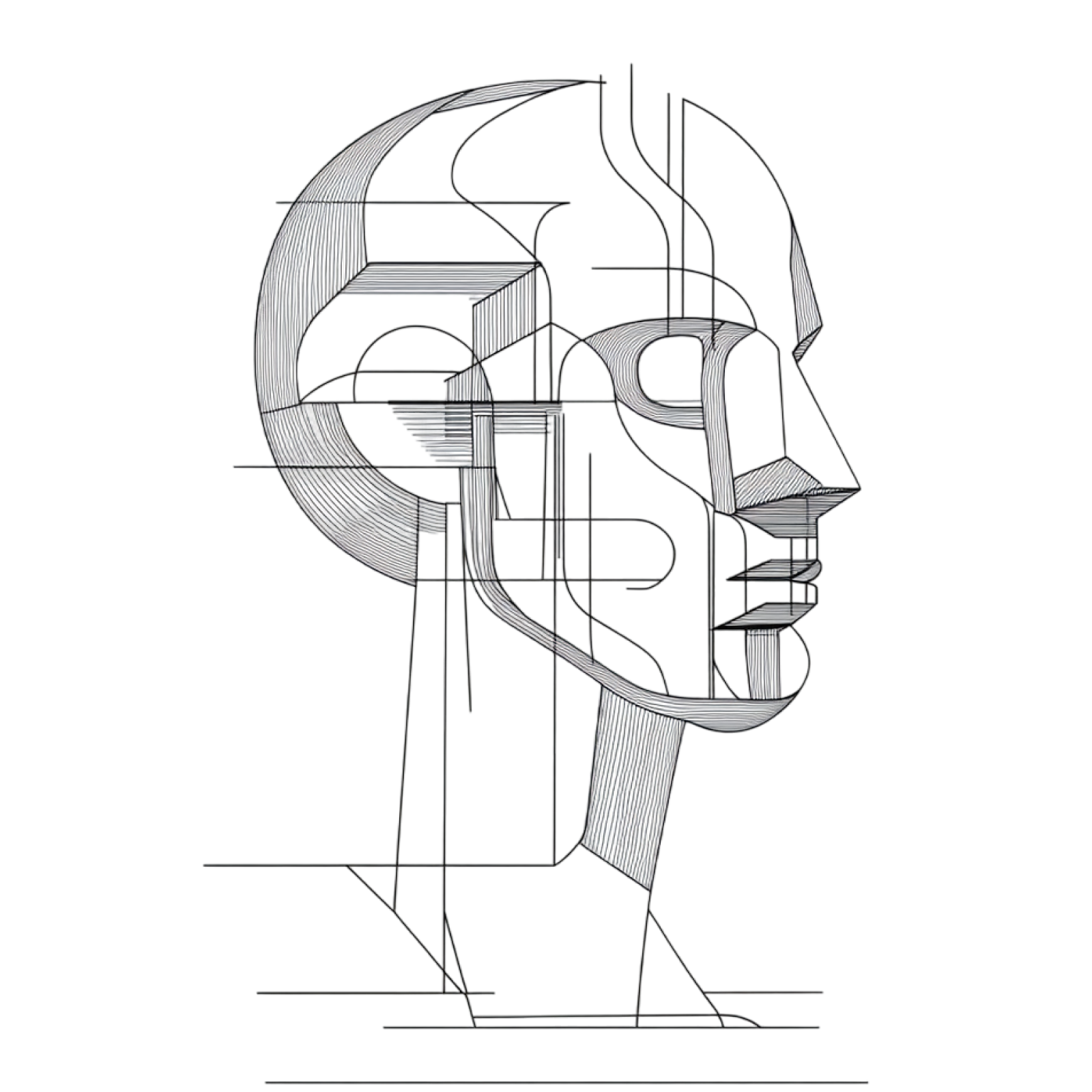
Similar Movies to Persona
Discover movies like Persona that share similar genres, themes, and storytelling elements. Whether you’re drawn to the atmosphere, character arcs, or plot structure, these curated recommendations will help you explore more films you’ll love.
Explore More About Movie Persona
Persona (1967) Scene-by-Scene Movie Timeline
Persona (1967) Movie Characters, Themes & Settings
Persona (1967) Spoiler-Free Summary & Key Flow
Movies Like Persona – Similar Titles You’ll Enjoy
Memento (2001) Ending Explained & Film Insights
Mother (2020) Complete Plot Breakdown
Personal Shopper (2017) Ending Explained & Film Insights
Death and the Maiden (1994) Movie Recap & Themes
Requiem (2006) Full Movie Breakdown
mother! (2017) Film Overview & Timeline
Possession (2002) Spoiler-Packed Plot Recap
May (2003) Full Summary & Key Details
Things You Can Tell Just by Looking at Her (2000) Ending Explained & Film Insights
Other People's Children (2015) Movie Recap & Themes
Persona (2024) Film Overview & Timeline
The Silence (1963) Film Overview & Timeline
Destiny (1921) Plot Summary & Ending Explained
Personal Baggage (2009) Full Movie Breakdown
Melancholia (2008) Film Overview & Timeline




